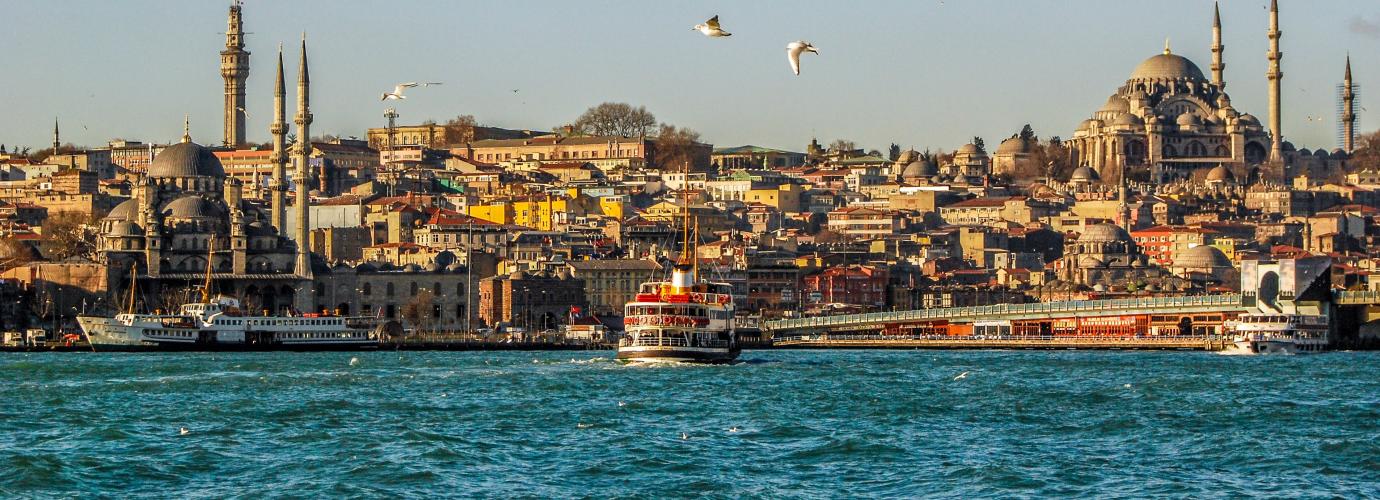In line with the amendments made in the 1739 National Education Law in 2012, "Secondary education on primary education compulsory four-year, formal or informal education generally includes all vocational and technical education institutions. These schools are awarded to graduating high school diploma. This level of education begins at the age of 14 and ends at at the age of 18. The age limit is not sought for those who have not given up on their education, but at the end of the 22-year school year, the students who are not graduated from the school will be transferred to open education institutions or vocational training centers. However, this provision is not applicable to vocational training centers students. Special education vocational school and special education practice schools are registered to the 3rd level of individuals with special education needs who have not reached the age of 27.
The following aims and functions of secondary education are given in accordance with the general aims and basic principles of the National Education.
1. Providing the minimum education by giving common general knowledge to all students at secondary level people to recognize social problems, to seek solutions and international economic, social and cultural awareness to contribute to the development and to gain the power,
2. Students, various programs and interests in school and in accordance with the extent of competencies and abilities to prepare them for higher education or vocational and higher education for both life and business
In this context,
a) To prepare students for the future with the knowledge, skills and physical, mental, moral, spiritual, social and cultural characteristics of the development towards democracy and respect for human rights,
b) To prepare students at the secondary level for life and business area for higher education by providing a common public culture and professional skills,
c) To ensure a dynamic, healthy and balanced structure in accordance with the principles and policies of the Ministry of National Education,
d) To develop students' self-confidence, self-control and sense of responsibility,
e) To develop students' habit of work and solidarity,
f) Students are able to learn a foreign language to follow the developments and changes in the world,
g) To enable students to produce knowledge to develop projects by using the knowledge and skills,
h)To provide efficient education by making use of the technology
i) To encourage individuals to adopt the principles of lifelong learning
j) To aim to encourage production and ensure compliance with international standards and certification of services (Article 7, Regulation of Secondary Education, 2015).
In addition to the aims mentioned above, types of institutions have more specific aims. While fulfilling this task, the students are provided with the ability to balance the demands and needs of society. The functions of secondary institutions in accordance with basic principles of international law with the general and specific objectives of the Turkish national education are specified according to human rights and democracy; student-centered, active learning and democratic institutions fulfilling the cultural understanding (Article 5, Regulation of Secondary Education, 2015). These institutions (ISCED 3): Science High Schools, Social Sciences High School, Anatolian High School of Fine Arts and Sports High School; Vocational and Technical High School consist of Multi-Program High School Vocational and Technical Education Centers (Article 6 of the Regulation of Secondary Education, 2015). It consists of ARGEM *, which has a special secondary education program.
*Research, Development, Education and Application Center (ARGEM): A center that carries out education and training activities within the scope of special education programs determined by the Ministry at primary and secondary education levels, and provides full-time and boarding education services to specially talented students (Regulation on Secondary Education Institutions, 4-nn).

